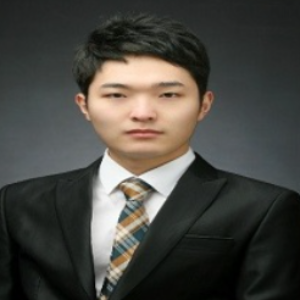Title : The retrospective evaluation of the vocal cord paralysis following a general anesthesia over last 10 years
Abstract:
Vocal cord paralysis (VCP) is a serious complication after general anesthesia. VCP due to iatrogenic nerve injury is reduced, but VCP due to mechanical damage after general anesthesia is increasing. The purpose of this study is to investigate etiological profile and risk factor for VCP following general anesthesia and consider what the anesthesiologist effort can reduce the incidence of VCP. This study is a retrospective cohort study. We reviewed the medical record of 322 patients consulted to otolaryngologist due to sore throat, discomfortness of throat, difficulty in swallowing, or voice change after general anesthesia from January 2007 to October 2016. Among them, 197 cases were analyzed to evaluate the etiology of VCP after general anesthesia. The exclusion criteria were as follows; (1) Patient had vocal cord paralysis before the surgery under general anesthesia; (2) Patient who had a possibility of recurrent laryngeal nerve or vagus nerve injury during the surgery; (3) patient who kept tracheal intubation or got ventilatory care after the surgery; (4) The patient who wasn’t diagnosed by laryngoscopy; (5) Patient who underwent surgery with a high potential for nerve injury (Thyroidectomy, carotid endarterectomy for stenosis of the carotid artery, cervical spine decompression from anterior approach, open-heart surgery and thorax surgery). The assessment of the relationship between the occurrence of VCP and etiological cause was performed with the correlation analysis and regression analysis. The average time for patients to see otolaryngologist was 10 days. 28 patients were diagnosed with VCP. Four of them were treated with arytenoid adduction and 9 continued with VCP or symptoms of VCP until the last visit. Five of the other patients recovered spontaneously and the average recovery period was 33 days. Other 169 patients were not diagnosed with VCP, but 27 of them had swelling of vocal cord, vocal cord gap or weakened vocal cord movement and 25 had erosion or contusion on larynx or pharynx. The most common complaints of patients diagnosed with VCP were hoarseness, while the patients with no VCP were the most common complaints of sore throat. Correlation analysis between the hoarseness and VCP revealed Spearman’s coefficient rho of 0.381 and p-value of less than 0.001. The factors associated with the development of VCP were height of patient, change of posture during surgery, and operation in sitting position in this study. The results of regression analysis (Odds ratio, 95% CI) of each factors are as follows; height (1.048, 1.001- 1.097), posture change (2.652, 1.107-6.354), sitting position (3.007, 1.214-7.447). To reduce VCP, be careful not to damage the patient (such as arytenoid subluxation or dislocation) when performing airway intubation. In addition, to be careful when changing the posture of the patient during surgery, and to have special vigilance in patients with a high likelihood of vocal fold paralysis.



